
Historian, researcher, speaker. PhD c. @ University of Toronto. Husband. Son. Nerd Par Excellence. Lover of Dead Languages. Athlete (wannabe).
How to get URL link on X (Twitter) App


 In 1889 a manuscript containing two treatises of the lst c. BC writer Philo of Alexandria, was discovered with portions of the Gospels of Matthew and Luke used for the binding.
In 1889 a manuscript containing two treatises of the lst c. BC writer Philo of Alexandria, was discovered with portions of the Gospels of Matthew and Luke used for the binding. 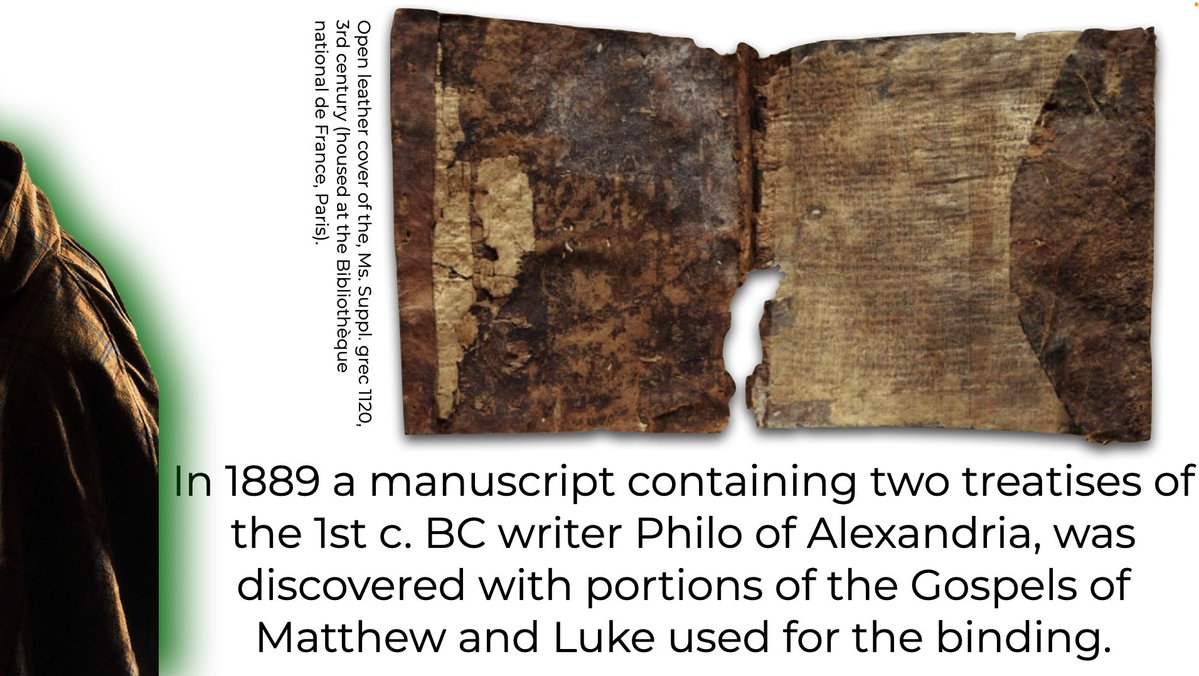

 This is P103, a second century fragment that contains the Gospel of Matthew 13:55-56. The beginning of vs. 55 reads "Isn't this the
This is P103, a second century fragment that contains the Gospel of Matthew 13:55-56. The beginning of vs. 55 reads "Isn't this the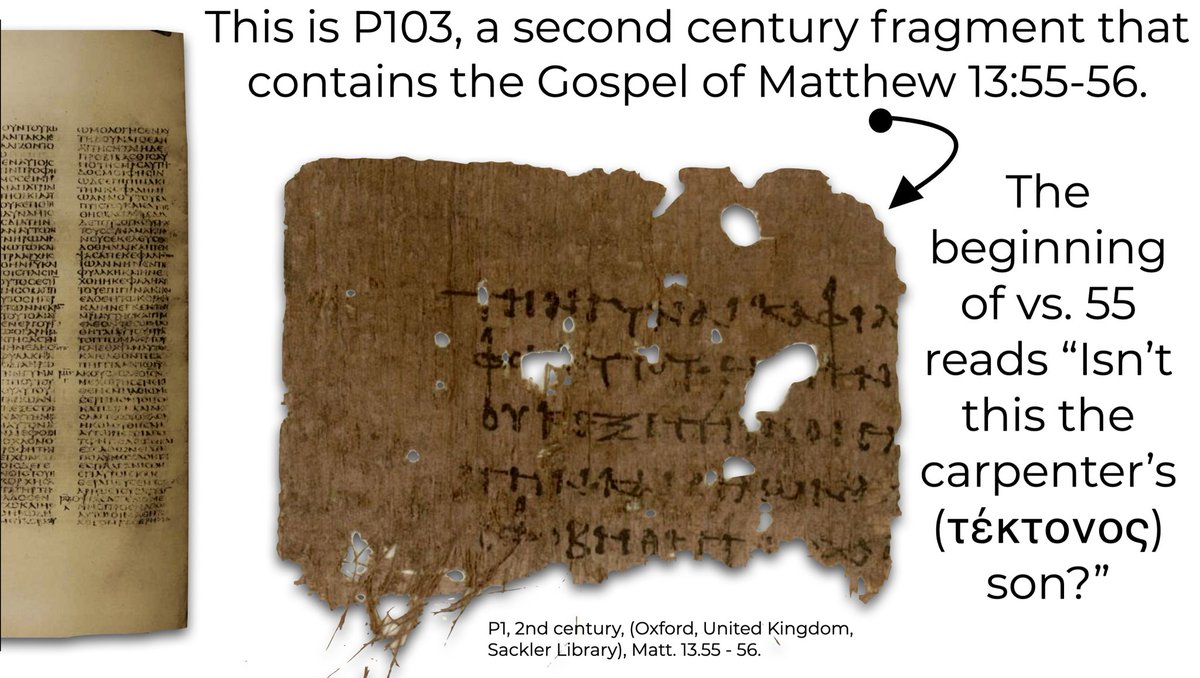

 If you look at your modern translation of the Bible you'll notice that at the end of John 7 the text is often sectioned out or bracketed off with the citation note that reads something to the effect of: "The earliest manuscripts and many other ancient witnesses do not have John
If you look at your modern translation of the Bible you'll notice that at the end of John 7 the text is often sectioned out or bracketed off with the citation note that reads something to the effect of: "The earliest manuscripts and many other ancient witnesses do not have John

 One of the most famous catalysts for the start of what eventually became known as the Protestant Reformation was Luther's 95th Theses, which were famously reported to have been nailed to the Castle Church in Wittenberg, on October 31st, 1517.
One of the most famous catalysts for the start of what eventually became known as the Protestant Reformation was Luther's 95th Theses, which were famously reported to have been nailed to the Castle Church in Wittenberg, on October 31st, 1517. 

 The King James Bible was commissioned in 1604 and published in 1611. The beginning of it had a dedication to the King of England.
The King James Bible was commissioned in 1604 and published in 1611. The beginning of it had a dedication to the King of England.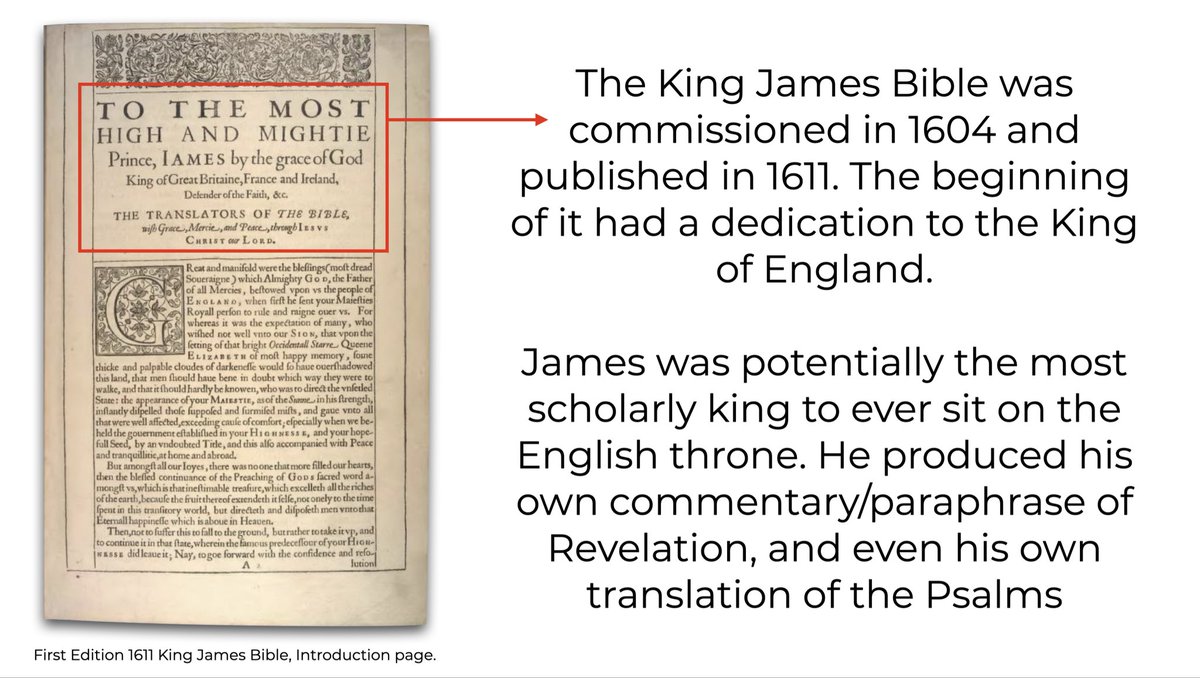

 The personal name of God throughout the Hebrew Old
The personal name of God throughout the Hebrew Old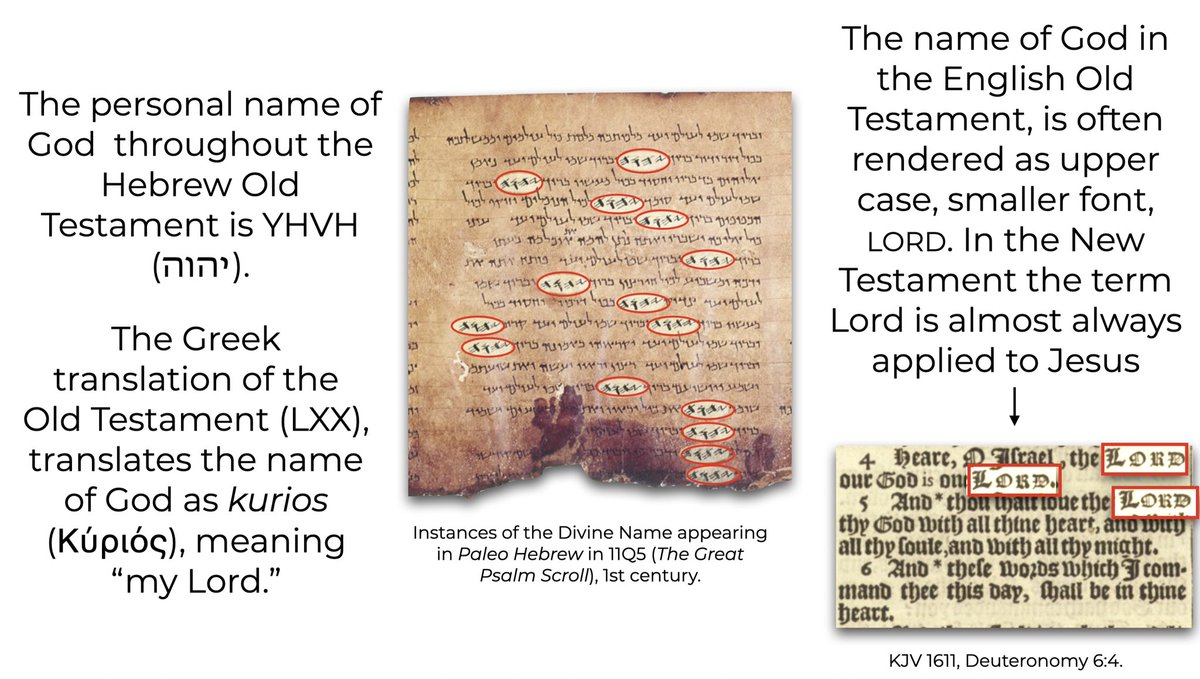

 Many modern English versions have supposed “missing verses” when compared with the King James Bible.
Many modern English versions have supposed “missing verses” when compared with the King James Bible. 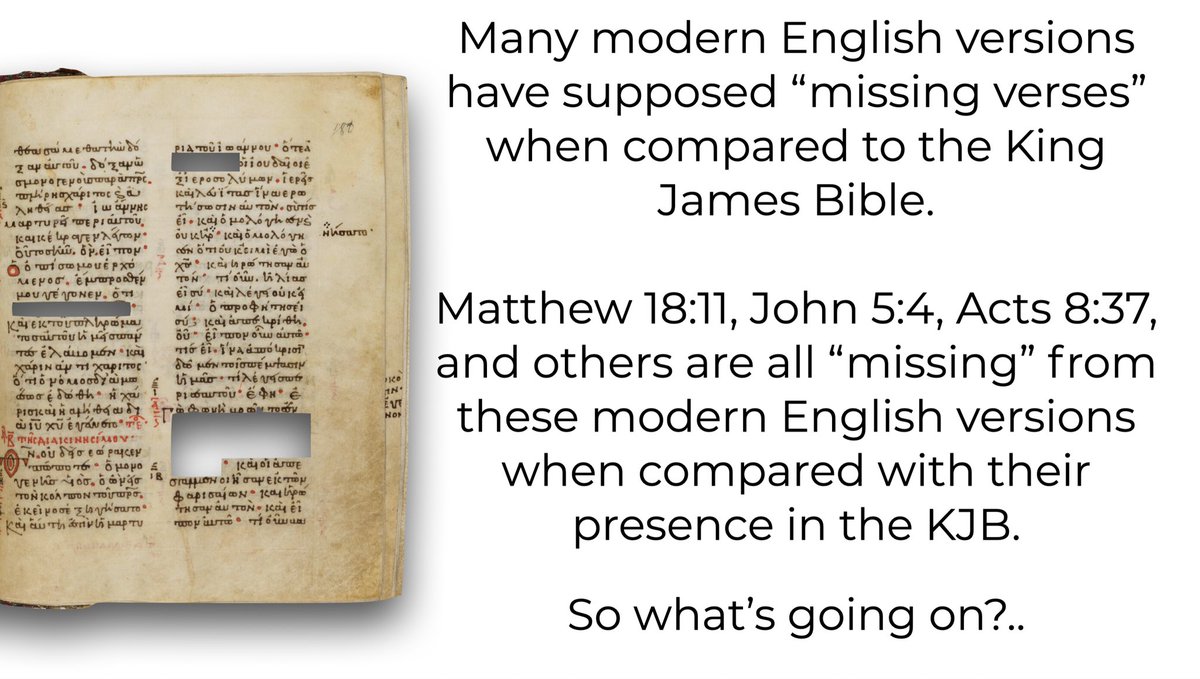

 Flavius Josephus lived between c. 37 - c. 100 AD. He was a Jewish-Romano historian and military leader, known for writing many important works concerning the history and wars of Israel and the Romans.
Flavius Josephus lived between c. 37 - c. 100 AD. He was a Jewish-Romano historian and military leader, known for writing many important works concerning the history and wars of Israel and the Romans. 

 In John 12, following a discussion about the unbelief of a group of Jews, Jesus is recorded teaching. John makes an interesting comment following this narrative. He says that their doubt in Jesus’s teaching is actually a fulfillment of prophesy from the prophet Isaiah.
In John 12, following a discussion about the unbelief of a group of Jews, Jesus is recorded teaching. John makes an interesting comment following this narrative. He says that their doubt in Jesus’s teaching is actually a fulfillment of prophesy from the prophet Isaiah. 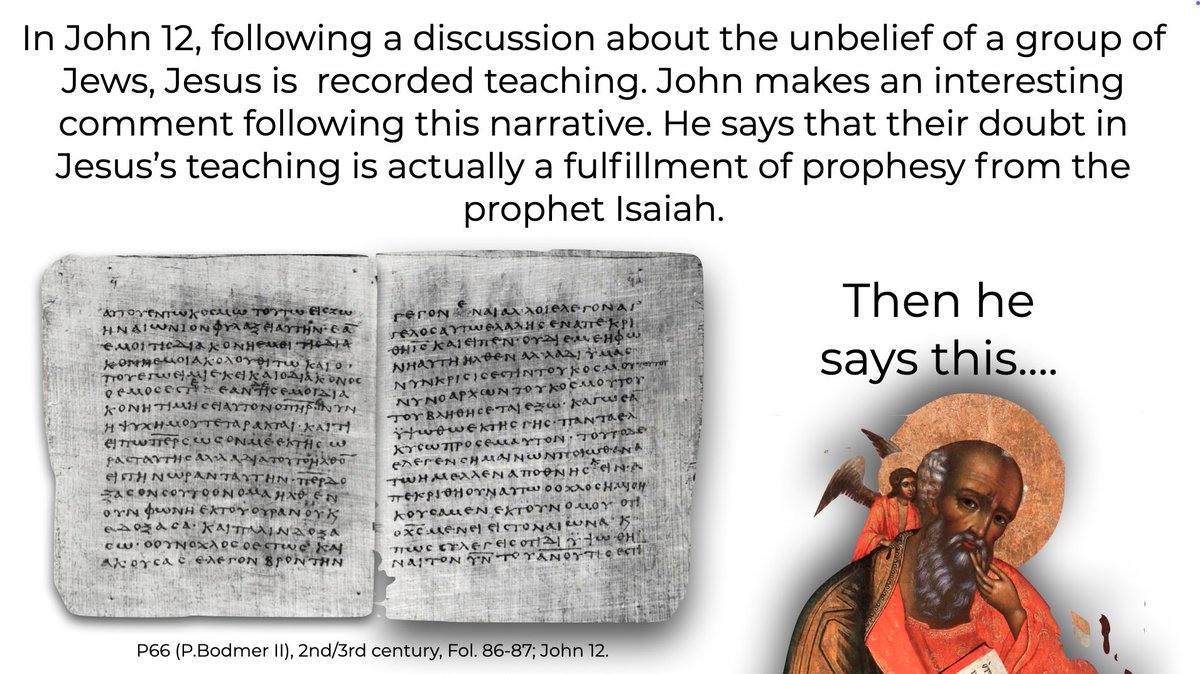

 In the June of last year (2024)
In the June of last year (2024)

 Everyone knows the number of the beast from the biblical book of Revelation, right? It's 666. That's just common knowledge!
Everyone knows the number of the beast from the biblical book of Revelation, right? It's 666. That's just common knowledge! 

 Letter writing was a common practice in the ancient world.
Letter writing was a common practice in the ancient world.

 As a young man in the 5th century, Patrick was kidnapped from his home in Roman Britain and spent years enslaved as a shepherd in Ireland. He eventually managed to escape back to Britain, and then returned as a missionary to convert the Irish to Christianity.
As a young man in the 5th century, Patrick was kidnapped from his home in Roman Britain and spent years enslaved as a shepherd in Ireland. He eventually managed to escape back to Britain, and then returned as a missionary to convert the Irish to Christianity. 